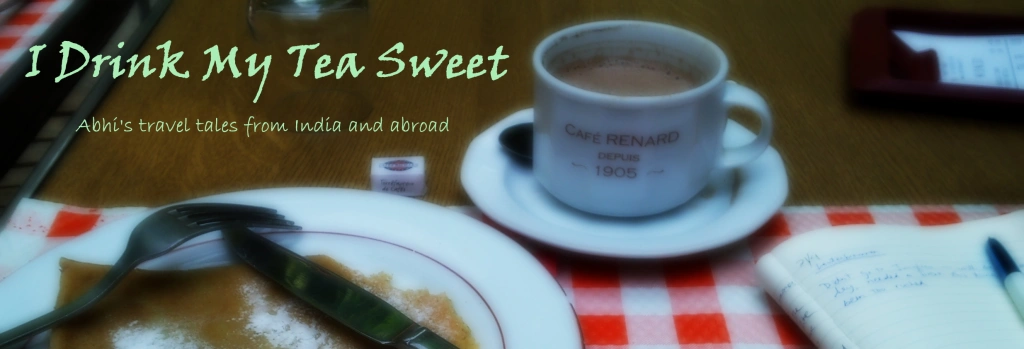(Disclaimer: This article is in no way a complete or a true description of Ladakhi names – It is based on my naive observations from a week-long trip to Ladakh. Still, I think you might find it helpful if you intend to make a lot of local friends like I did! Since most Ladakhi traditions have their origin in Tibet, this guide also applies to Tibetan names)
On first encounter, Ladakhi names can be very confusing. Not just by the vocabulary, but also by their origin, design and variety. So, here’s my rough guide to Ladakhi names:
1. The Surname Riddle
Ladakhis do not have a fixed family-based surname. They just have a first name and a second name. First name being the more common choice when used to address the person. Also, a first name for one person can be second name for another.
Example: My driver’s name was Tsering Nurugu and my gusest-house manager’s name was Dawa Tsering.
2. Origin?
Names in Ladakh are not chosen by the the child’s parents, but by Lamas (the Tibetan priests) in the gompas (monasteries). This is in interesting contrast with most Indian names where the parents either choose their children’s name themselves or take the guidance of astrological charts.
3. Male or Female?
It can be very difficult to identify by a part of the name of a Ladakhi person if it’s a guy’s name or a girl’s name. For example, the guesthouse-manager’s wife’s name was Stanzin and her nephew’s name was also Stanzin.
But no reason to worry! They make sure that the other part of the name is always able to tell the sex of the person addressed. So, the nephew’s full name was Stanzin Namdan and the lady’s full name Stanzin Dolma. (Oh, by the way, Dolma is a very popular second name for girls in Ladakh).
4. What’s with the ‘Stanzin’s?
By my observations, ‘Stanzin‘ is the most popular name in Ladakhis (followed by ‘Tsering‘ and ‘Tenzin‘). Naturally curious, I asked one of the Stanzins I met (this one being different from the two I’ve mentioned above) for an explanation. He told that the current Dalai Lama‘s Tibetan name is Stanzin and hence is a very popular name. After returning home, I checked this on Google and found it to be untrue (it’s actually Tenzin), so the mystery still remains unsolved.
(Late edit: Apparently, Stanzin is the Ladakhi pronunciation of the Tibetan name Tenzin. This explains it all!)
 Me with Stanzin Namgyal, my tour operator, guide and a great friend.
Me with Stanzin Namgyal, my tour operator, guide and a great friend.








